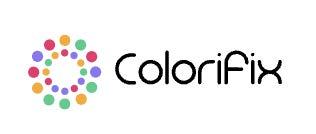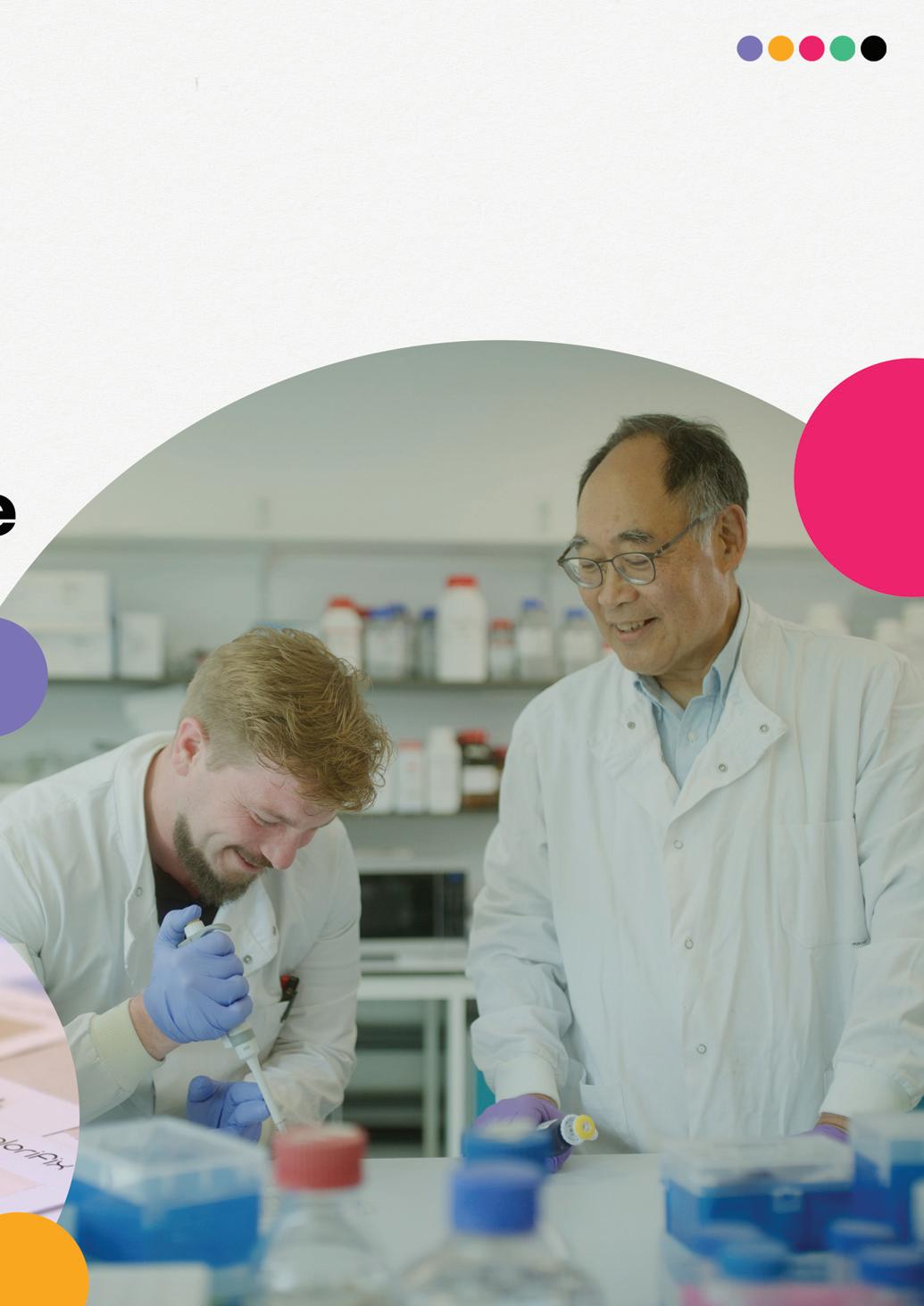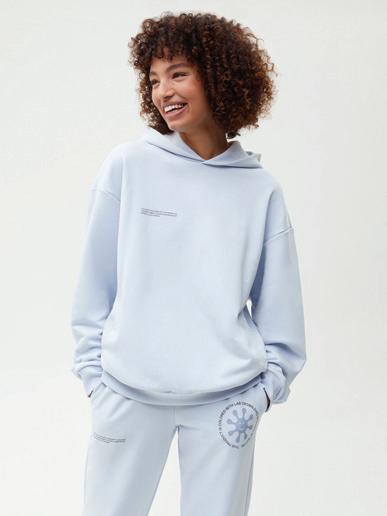Following years of research, UKbased Colorifix has developed an entirely biological process capable of replacing all toxic chemicals in dyeing with a more environmentally friendly alternative that is better for the consumer and the planet.
“We find colours in nature and extract the DNA information for how that pigment is made, before using it to modify microorganisms who replicate the colour – ready for transfer onto fabric,” explained CEO Dr Orr Yarkoni. “Rather than producing better dyes (which is what other companies tend to do), we are replacing all the chemistry within the dyeing process with biology, offering water and energy savings at the same time.”
Colorifix was the brainchild of CoFounders Jim Ajioka and Dr Orr Yarkoni following the development of a biosensor project focused on water quality and a trip to Nepal.
“We had previously developed a biosensor capable of alerting the user to unsafe drinking water,” said Dr Yarkoni. “In 2013,
Colorifix is taking the tex dyeing to create a green provided more detail on t with Inside Sustainability
xtiles industry by storm as it seeks to redefine fabric ner and more sustainable process. CEO Dr Orr Yarkoni the company’s progress, in an exclusive interview y. Report by Imogen Ward.
COLORIFIX I PROFILE
we travelled to Nepal and got exposed to some of the impact the textile industry had on water sources. We realised we could have a greater impact if we adapted our water quality solution, to change the colour of fabrics.”
From there, Colorifix spent several years in development, before filing for its first patent in 2016. It took Colorifix several more years of fundraising before it was ready to apply its technology to an industrial setting, marking 2021 as the first year of fermentation within a customer site.
The process
Colorifix is the first company to use an entirely biological process to produce, deposit and fix pigments onto textiles, but how exactly does it achieve this?
Utilising digital DNA sequencing Colorifix works to locate colours in nature and translate them into DNA code for microorganisms that can be grown at a customer’s facility. The best part is that once produced, the dye can be used by any standard dyeing machinery, making it a perfectly integrable addition to any textile manufacturer’s production line.
Keen to correct every stage of the process, Colorifix has even gone so far as to adapt the colour fixing process. The company’s microorganisms interact with the minerals and metals already present in water to encourage the dye and the fabric to bond.
Amazingly, every step of the process is achieved without compromising the environment or the quality of the finished product.
To reinforce these claims, Colorifix has put its process under third-party lifecycle assessment (LCA), using fabric made up of 52% recycled cotton and 48% polyester.
“Of course, when it comes to LCA, we have to be very specific because each material will have a different lifecycle,” explained Dr Yarkoni. “When testing the LCA of the recycled poly-cotton blend, we witnessed a 53 per cent saving on electricity, 31 per cent on emissions and 77 per cent on water. We are really proud of those results.”
Making history
Once initial testing was complete, the next stage involved initiating an industrial-size trial. This took place at the start of this year and included 1.5 tonnes of fabric.
“The textiles industry has a lot of quality parameters that need to be met,” said Dr Yarkoni. “Being able to show consistency in quality between each batch is key. After all, if our products aren’t at the same level as synthetic pigments, we would be creating a solution that is greener but not necessarily more sustainable.
“The industrial-size run has helped us prove that we can do this at scale, and with a performance that allows our solution to be sustainable.”
All the parameters were met during the initial run and the colour fastness was measured at 0.5 – placing it between Good and Perfect on the scale.
The company also went to the effort of getting OEKO-TEX® ECO PASSPORT certification for all its products. As an independent certification system for chemicals, colourants and accessories used in the textile industry, OEKO-TEX® ECO PASSPORT complies with international regulations and works to highlight products that have a greener environmental impact.
“We conduct a lot of tests to make sure our processes and products are safe,” commented Dr Yarkoni. “The ECO
COLORIFIX I PROFILE
PASSPORT is just one of the steps on that journey. As all our ingredients and products meet OEKO-TEX®’s standards, our production partners have the added benefit of pre-certified products when using our technology.”
Colorifix dedicated a significant amount of time to collaborating with OEKO-TEX® and the Hohenstein Institute to help create standardised testing for these types of chemistries and processes.
Planning for the future
The future is looking bright for Colorifix. The company already has placements for two more large machines, and it is fully dedicated to expanding its product range.
“Our technology needs to be able to replace every colour for every material, if it is going to have the impact it needs to,” explained Dr Yarkoni. “We have made all the colours for every material before, but not to the quality and performance that we require, and it takes several months to test each new dye.
“We are close to achieving this for polyester – with a lot of popular colours still under development – and we are also putting a lot of effort into improving on wool and cotton.”
Of course, the company still has its work cut out for it when it comes to convincing the industry to adopt this change. With the technology being so different to the norm, Colorifix is pulling out all the stops to help companies adapt.
“Beyond what is normally required to prove that the technology is safe, we are
also working hard to demonstrate the savings that can be made from using our biological approach,” said Dr Yarkoni. “We also want to train and educate people to use the technology, because if it’s done right, the end user shouldn’t be able to tell the difference between conventionally dyed fabric and our fabric.”
Every year the dyeing industry uses over five trillion litres of water. Imagine the positive impact Colorifix’s technology could have if it helped save even just a small percentage of that.
“It’s important to remember that the power for change is in the hands of the consumer,” added Dr Yarkoni, in conclusion. “The brands follow fashion trends, they don’t create them, so people need to vote with their purchases. That’s the only way to really encourage change at the core.
“In the meantime, we are going to keep developing our solutions and help in every way we can because we’re just at the beginning of our journey to making a real difference.” n
















